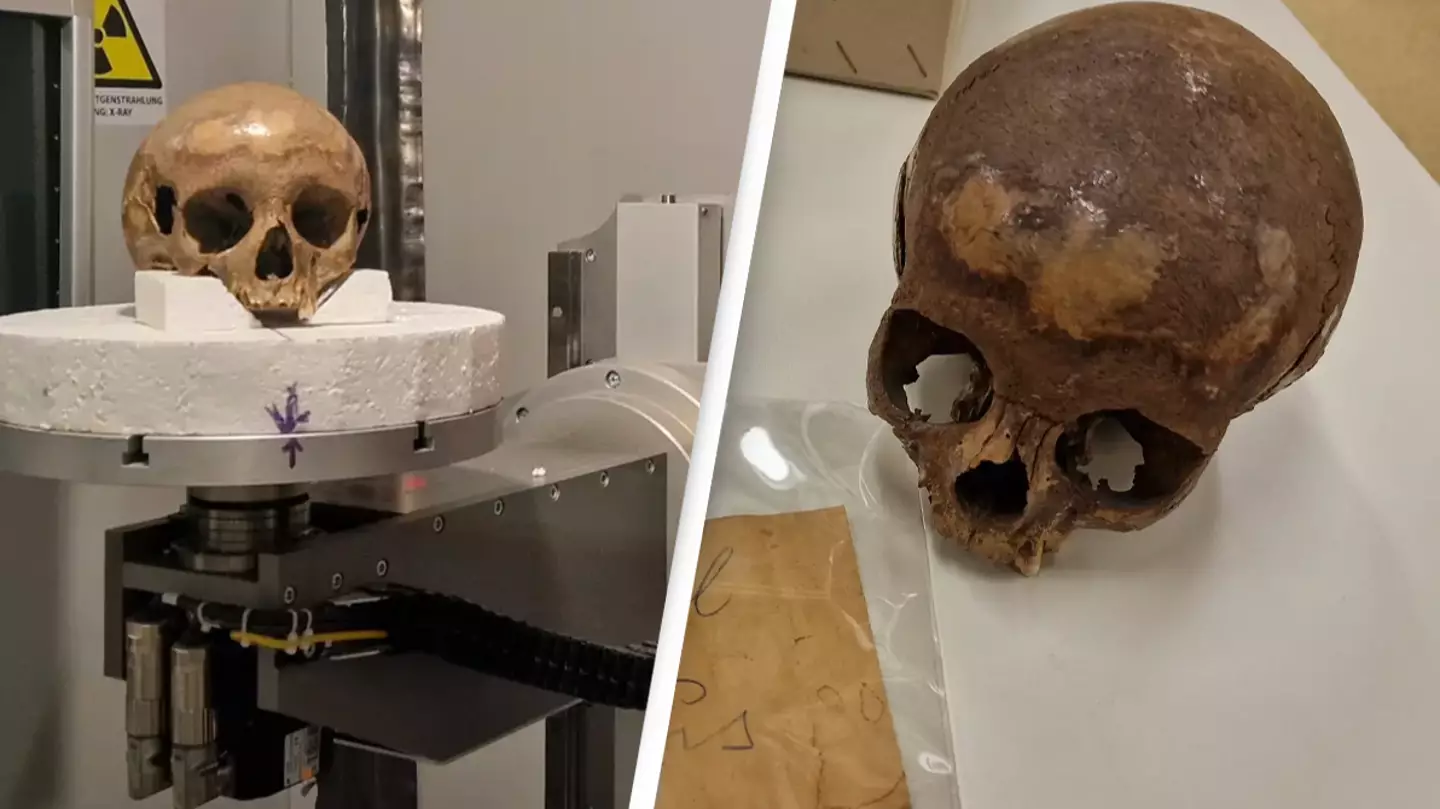The Americas were the final continent to see human habitation. An expanding corpus of archaeological and genetic data suggests a complicated process of colonisation. This is particularly true for South America, where unforeseen ancestral signals have sparked puzzling hypotheses about the first migrations into various parts of the continent.
The figure depicts the deep ancestries of the ancient individuals of the Americas and archaic ancestry in ancient South America and Panama. The pie chart radius reflects the proportion of shared archaic ancestry in the individual. Credit: Florida Atlantic University
There are still many outstanding questions, such as whether or not the early humans moved south down the Pacific coast. While there is archeological proof of a north-to-south migration by ancient Indigenous peoples during the original settlement of the Americas, it is still unclear where these ancient humans went once they arrived.
Researchers from Florida Atlantic University and Emory University have unlocked the rich demographic history of South America at the regional level using DNA from two ancient human individuals discovered in two separate archaeological sites in northeast Brazil—Pedra do Tubaro and Alcobaça—as well as powerful algorithms and genomic analyses, with some unexpected and surprising results.
Researchers have identified migrations going in the opposite direction along the Atlantic coast for the first time, in addition to providing new genetic evidence to support the already-existing archaeological data of the north-to-south movement toward South America. The study offers the most thorough genetic support there has been for intricate prehistoric migration routes through Central and South America.
The significant findings include the identification of Neanderthal ancestry in the DNA of prehistoric people from South America. An extinct group of primitive humans known as the Neanderthals lived throughout Eurasia throughout the Lower and Middle Paleolithic.
The first southern North American groups entered South America and spread through the Pacific coast settling the Andes (yellow arrow). At least one population split occurred soon after, branching the first groups that settled the Atlantic coast (green arrow) from the groups that gave rise to the ancient populations of Southern Cone. New Migrations may have then emerged along the Atlantic Coast, with a possible origin around Lagoa Santa, heading north toward Northeast Brazil and Panama, and south to Uruguay. Eventually, Uruguay and Panama were linked by a south-to-north migration route closer to the Atlantic coast (purple double-headed arrow). Credit: Florida Atlantic University
The study's findings, which were published in the journal Proceedings of the Royal Society B: Biological Sciences, indicate that ancient Uruguay and Panama—which are 5,277 kilometers (3,270 miles) apart—were eventually connected by human migrations closer to the Atlantic coast. Based on the ages of the ancient people, it is estimated that this unusual migration trend started about 1,000 years ago.
The ancient genomes from northeast Brazil, Lagoa Santa (southeast Brazil), Uruguay, and Panama are found to have a distinct association. According to this new concept, the majority of the Pacific coast and the Andes were mostly populated before the Atlantic coast was settled.
Michael DeGiorgio, Ph.D., co-corresponding author and associate professor in the Department of Electrical Engineering and Computer Science at FAU's College of Engineering and Computer Science, said: "Our study provides key genomic evidence for ancient migration events at the regional scale along South America's Atlantic coast." These localized episodes most likely resulted from early South American Indigenous peoples migrating in waves along the Pacific coast.
Researchers used teeth from ancient samples collected in archeological sites in northeast Brazil. Teeth are especially important in ancient DNA analysis because of the excellent preservation of biomaterials within the tooth. Credit: Laboratório de Arqueologia Biológica e Forense, Universidade Federal de Pernambuco
Strong genetic markers from Australia and Papua New Guinea were also discovered in the ancient genome of Panama.
Andre Luiz Campelo dos Santos, Ph.D., first author, an archaeologist and postdoctoral fellow in FAU's Department of Electrical Engineering and Computer Science, said, "We still don't know how these ancestral genomic signals appeared in Central and South America without leaving traces in North America. There is an entire Pacific Ocean between Australasia and the Americas.
Researchers found that ancient people from Uruguay and Panama had more Denisovan heritage than Neanderthal ancestry, which further complicated the situation. A group of extinct humans known as denisovans was originally discovered in 2008 using DNA sequences from the tip of a finger bone.
John Lindo, Ph.D., an assistant professor in the Department of Anthropology at Emory University and a co-corresponding author of the research who specializes in ancient DNA analysis, calls it "phenomenal" that Denisovan heritage made it all the way to South America. "The admixture must have taken place a very long time ago, possibly 40,000 years. It is likely that there was significant human-Denisovan hybridization because the Denisovan lineage survived and its genetic fingerprint was found in an ancient Uruguayan person who is barely 1,500 years old.
The Alcobaça archaeological site, in which the skeletal remains of Brazil-12 (northeast Brazil) were unearthed. Credit: Henry Lavalle, Universidade Federal de Pernambuco and Ana Nascimento, Universidade Federal Rural de Pernambuco
The two ancient human remains from northeast Brazil, which date back to at least 1,000 years before the present, were previously discovered by dos Santos and colleagues at the Federal University of Pernambuco in Recife, Brazil. They were sent to Lindo for DNA extraction and subsequent genomic sequencing and analyses. After that, raw data for the entire genome sequences from northeast Brazil were transmitted to FAU for computer processing.
The two recently sequenced ancient whole genomes from northeast Brazil were compared to other ancient whole genomes from the Americas as well as the current global genome. According to Lindo, only a handful of ancient entire genomes from South America have been sequenced and published as of the article's publishing date, compared to hundreds from Europe.










